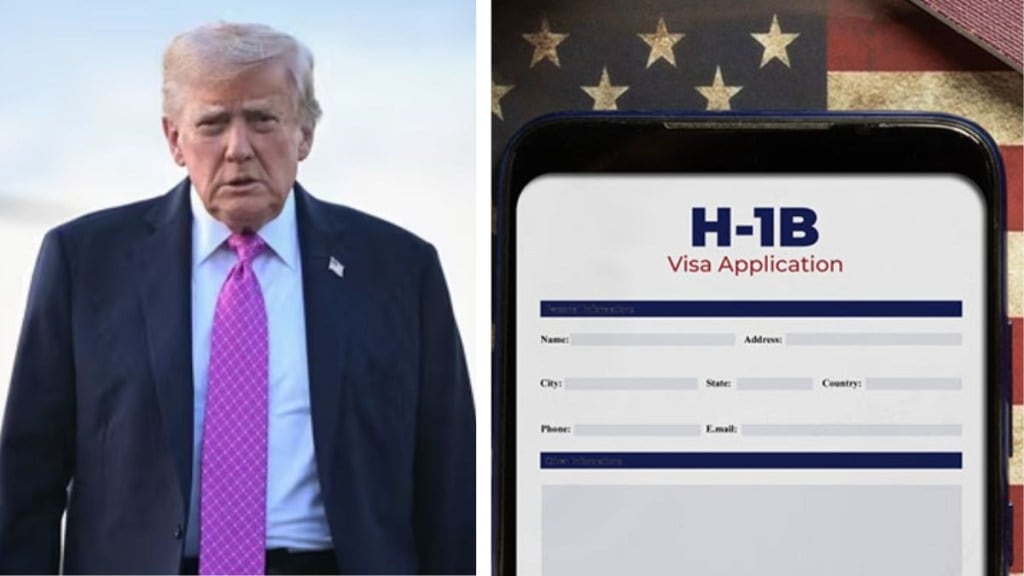US President Donald Trump has signed a new executive order that will now reshape the future of H-1B visas. The new order imposes a $100,000 fee on companies hiring these workers to live and work in the United States.
Though this comes across as a shocker to many of the applicants and visa holders, there are a few exemptions mentioned in the order.
What are the exemptions?
As of the latest estimates, there are approximately 730,000 H-1B visa holders in the US, along with an additional 550,000 dependents, bringing the total to around 1.28 million people.
Of this number, it is estimated that between 500,000 and 600,000 H-1B visa holders are currently living in the US as of 2025.
Indians make up the backbone of the H-1B program, with around 71% of FY2024 approved petitions going to India-born applicants. Of these, approximately 64% were for IT-related roles.
Other industries, such as engineering and healthcare, account for a much smaller portion of H-1B approvals.
Will it impact all of them? Not really. As per the order, existing H-1B visa holders do not have to pay the fee but must return to the US before September 21, 2025, if they have been outside the US for 12 months or more.
Similarly, the order specifically mentions that the restriction does not apply ” if the Secretary of Homeland Security determines, in the Secretary’s discretion, that the hiring of such aliens to be employed as H-1B specialty occupation workers is in the national interest and does not pose a threat to the security or welfare of the United States.”
In simple terms, the new executive order gives the US Secretary of Homeland Security power to decide who gets a pass.
If a particular H-1B worker or even an entire company or industry is seen as important to the country’s interests, they may not have to pay $100,000 fee.
That includes workers whose roles support the economy, national security, or public welfare, as long as they do not pose any risk to the safety or well-being of the country.
It is a flexible clause that allows the Secretary to step in and make exceptions when it is in the nation’s best interest.
However, from the order one thing is clear: though the focus often falls on the visa holders themselves, the real weight of this new rule lands on employers. The order clearly states that before an H-1B petition can even be filed for someone outside the US, the employer must show proof that the $100,000 payment has been made.
What is the reason behind imposing the new order?
There have been so many concerns around the H-1B visa program in the US for years now, especially as the job market has tightened.
Many American workers have taken to social media and other platforms, expressing their anger and frustration, arguing that foreign workers on H-1B visas are taking jobs that could have gone to US citizens.
As President Trump stated in the proclamation, “the H-1B nonimmigrant visa programme was created to bring temporary workers into the United States to perform additive, high-skilled functions, but it has been deliberately exploited to replace, rather than supplement, American workers with lower-paid, lower-skilled labour.”
With the new order, it is certain that going forward America’s interest will be to have only highly skilled employees who can hold the H-1B visa; hence, the American dream is not going to be as easy as it was before.
